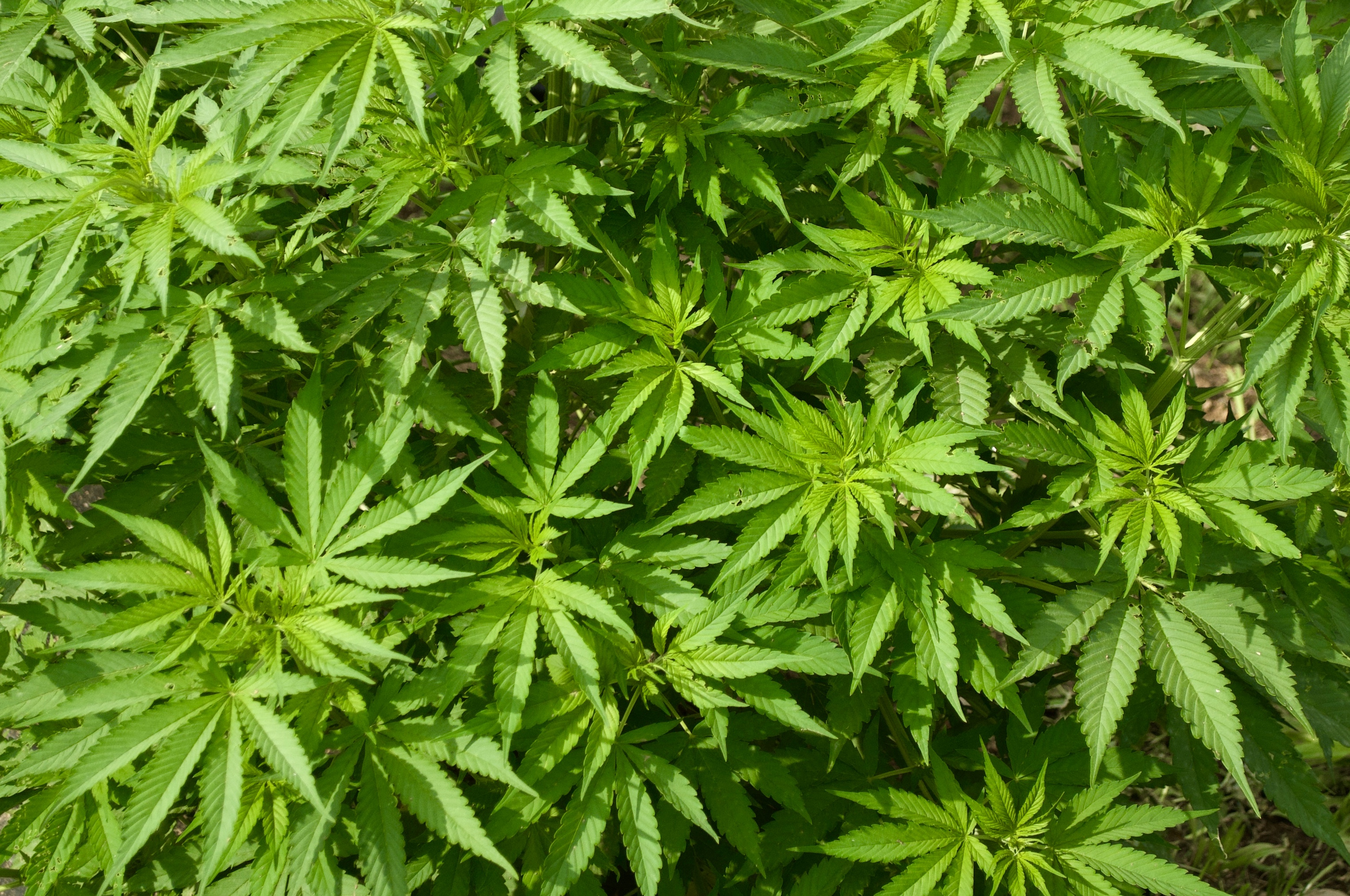
Move over THC. There’s a newer, perhaps more potent cannabinoid in town. In fact, there are two. Each resembles the plant’s most famous chemical compounds, THC and CBD. They are even named similarly to their cousins.
Cannabidiphorol (CBDP) and tetrahydrocannabiphorol (THCP) are the latest cannabinoids to be discovered by researchers. The discovery was published in the journal, Scientific Reports, in late December 2019.
CBDP and THCP now join the list of nearly 150 known cannabinoids. Of them, THC proved to be the only one with psychoactive effects—until now.
Introducing THCP and CBDP
The new found cannabinoid fits into the same CB1 receptors as THC. The difference between the two compounds, however, is that THCP has a longer chain of carbon and hydrogen atoms, known as an alkyl side chain.
Researchers suggest that this chain is what allows cannabinoids to bind to receptors, and activate them. But, at least three carbon atoms are needed to bind to receptors, notes researchers.
THC typically carries five, according to Live Science. “On paper, a cannabinoid equipped with more than five carbon rings would fit even more snuggly into the receptor, and eight carbon rings would supply the absolute perfect fit, eliciting the strongest biological response,” the report adds. A cannabinoid with more than five had no previously been found.
Seven Rings
But, THCP has seven carbon rings. When researchers applied it to makeshift receptors, it bound better than THC.
More specifically, “THCP resulted 33-times more active than [THC], 63-times more active than THCV, and 13-times more active than the newly discovered THCB against CB1 receptors,” reports the study’s authors.
Researchers then gave THCP to mice to determine its effects. The mice responded as if they were on THC: slower movements, analgesia, and lower body temperatures.
CDBP also has seven rings. However, due to its poor affinity to bind to CB1 and CB2 receptors, investigating its effects weren’t a priority for the researchers.
Because scientists conducted tests on mice, they do not yet know how THCP or CBDP will affect humans.
More Entourage in the Entourage Effect?
The presence of THCP may account for the broad range of effects users get from cannabis, the researchers suggest.
“[There’s an] astonishing variability of subject response to a cannabis-based therapy, even with an equal THC dose,” researchers wrote. “It is therefore possible that the psychotropic effects are due to other extremely active phytocannabinoids such as THCP.”
While this discovery may teach us more about the plant, it also shows us just how little we know about it so far.



Leave a Reply